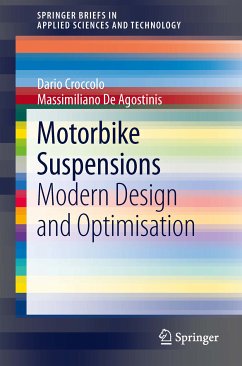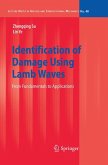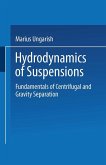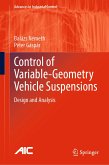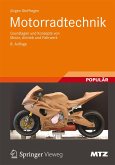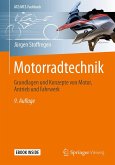This book addresses the fundamental aspects of the structural design of a motorbike fork. Although it may look as a simple component, the motorbike fork plays a critical role in the overall dynamic behaviour of motorcycles. It must provide appropriate stiffness characteristics, damping capabilities and the lowest sliding friction values in order to guarantee as much performance, safety and comfort as possible to the rider. From a structural mechanics standpoint, the main frame of motorbike forks usually consists of two legs, two steering plates and a steering pin, joined by means of several shaft-hub couplings. Based on the authors' many years of experience in this industrial research topic, the aim of this book is to provide the reader with useful design rules and hints oriented to the shape optimization of motorbike forks, ranging from overall structural considerations to bolted and adhesively bonded joints design applied to the fork components. The book is oriented to R&D designers in the motorcycle industry who would like to improve their knowledge about the structural design of a motorbike fork, as well as to undergraduates and graduates in industrial engineering matters who would like to see an interesting application of the theories learned from machine design courses.
Dieser Download kann aus rechtlichen Gründen nur mit Rechnungsadresse in A, B, BG, CY, CZ, D, DK, EW, E, FIN, F, GR, HR, H, IRL, I, LT, L, LR, M, NL, PL, P, R, S, SLO, SK ausgeliefert werden.

